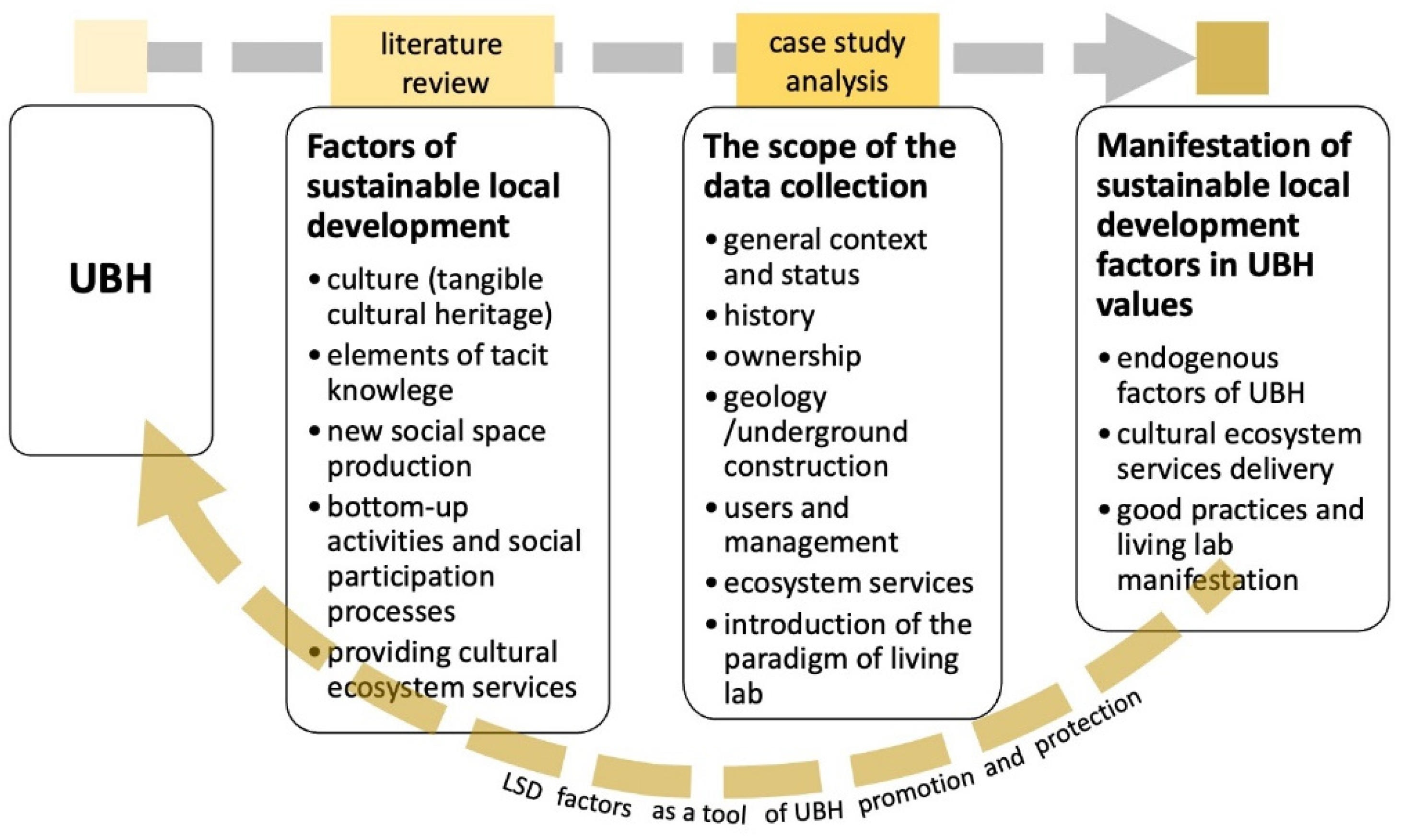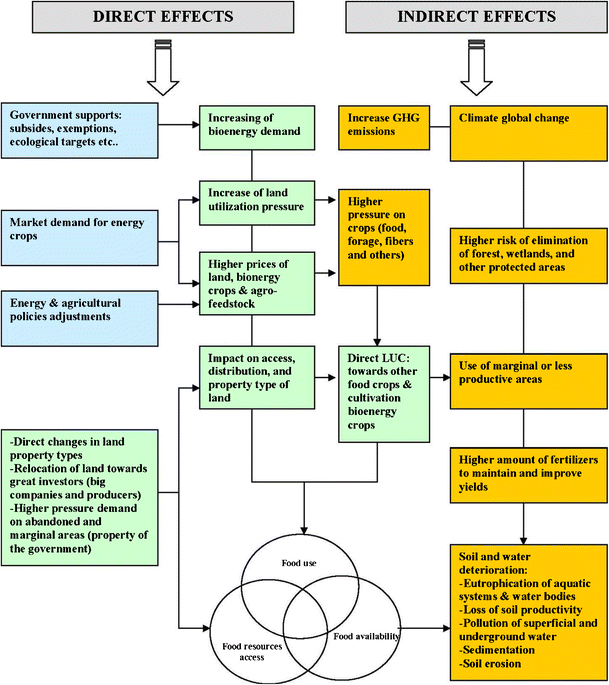

Roberts, K., Gloy, B., Joseph, S., Scott, N. Life cycle assessment of biochar-to-soil systems: a review.

#Microsoft net framework 4.7 reviews woody plus#
Greenhouse gas emission analysis of biomass moving-bed pyrolytic polygeneration systems based on Aspen Plus and hybrid LCA in China. Prospective life cycle assessment of large-scale biochar production and use for negative emissions in Stockholm. Black carbon in soils and sediments: analysis, distribution, implications, and current challenges.

A scientometric review of biochar research in the past 20 years (1998–2018). Locally specific decision support must recognize these relationships and trade-offs to establish carbon-trading mechanisms that facilitate a judicious implementation commensurate with climate change mitigation needs.įield, C. The lack of a clear relationship between crop yield increases in response to fertilizer and to biochar additions suggests opportunities for biochar to increase crop yields where fertilizer alone is not effective, but also questions blanket recommendations based on known fertilizer responses. Importantly, these trade-offs depend on what type of energy is replaced: relative to producing bioenergy, emissions of biochar systems increase by 3% when biochar replaces coal, whereas emissions decrease by 95% when biochar replaces renewable energy. Relevant trade-offs exist between making and sequestering biochar in soil or producing more energy. Globally, biochar systems could deliver emission reductions of 3.4–6.3 PgCO 2e, half of which constitutes CO 2 removal. Half of the emission reductions and the majority of CO 2 removal result from the one to two orders of magnitude longer persistence of biochar than the biomass it is made from. Here we review the relationship between emissions reductions and CO 2 removal by biochar systems, which are based on pyrolysing biomass to produce biochar, used for soil application, and renewable bioenergy. Climate change mitigation not only requires reductions of greenhouse gas emissions, but also withdrawal of carbon dioxide (CO 2) from the atmosphere.


 0 kommentar(er)
0 kommentar(er)
